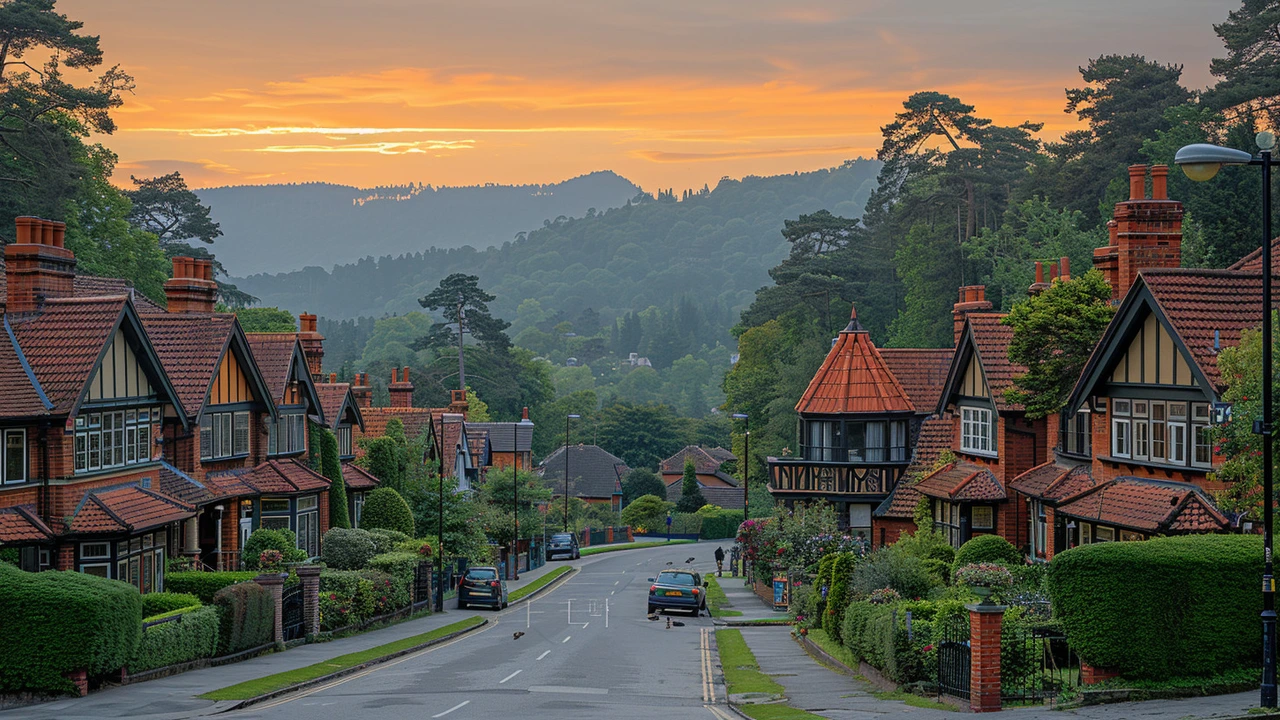Urban Development: Practical Tips for Better Cities
Half the world now lives in cities, yet many urban plans still treat people like an afterthought. Good urban development fixes that by focusing on how people move, work, and relax every day. This page gives clear, usable ideas you can spot in your town or suggest at a local meeting.
Quick wins for healthier, usable streets
Start with street-level changes that make immediate impact. Narrow wide roads with curb extensions and plant trees to slow traffic and create shade. Add protected bike lanes and wider sidewalks so people choose walking or cycling. Use mixed-use zoning near transit stops so shops, homes, and offices sit close together—this cuts travel time and keeps streets lively after work hours.
Transit-oriented development matters. If a bus or train stop has apartments and shops within a five-minute walk, ridership goes up and car use drops. That’s cheaper than building more parking. When you see a vacant lot near transit, imagine apartments, a cafe, and a small park instead of another surface parking area.
Design that lasts: reuse, greenery, and affordable housing
Historic buildings aren’t just pretty—they’re reusable assets. Adaptive reuse of old warehouses or Beaux-Arts facades saves embodied energy and keeps a neighborhood’s character. Look for projects that keep the shell and modernize the interior for offices or homes. That approach ties new life to local identity without erasing history.
Green infrastructure is practical, not fancy. Bioswales, street trees, and permeable pavement control stormwater and reduce heat islands. These features lower maintenance costs and make streets more comfortable in summer. Cities that invest in green corridors often see local businesses benefit from higher foot traffic.
Affordable housing needs clear rules, not slogans. Inclusionary zoning, small-lot housing, and allowing accessory dwelling units (ADUs) near transit create options without massive subsidies. Pair housing rules with design guidelines so new buildings fit the neighborhood—symmetry and proportions from Georgian or Greek Revival styles, for example, can be adapted in modern façades to keep a cohesive street feel.
Don’t underestimate community input. Run short design charrettes where residents sketch quick ideas, then turn the most realistic ones into prototypes. When people see a small park or a repaired corner, support for larger projects grows.
Finally, measure what matters. Track pedestrian counts, transit ridership, tree canopy, and affordable units created. Numbers help you defend projects at city council and shift budgets toward what actually improves daily life.
Urban development doesn’t require perfect plans—just clear priorities: people-first streets, smart reuse, green solutions, and real housing choices. Start small, test ideas, and scale what works. If you want examples tied to architectural history and preservation, our site covers everything from Georgian influence to Beaux-Arts and Roman methods that still shape modern cities.

Exploring Dutch Colonial Revival Architecture in Modern Urban Development
Dutch Colonial Revival architecture has left a distinct mark on urban development, combining quaint historic charm with practical modern needs. This style, characterized by its gambrel roofs and symmetrical designs, often integrates seamlessly with contemporary urban planning. The article delves into the historical origins, key features, regional variations, urban impact, and preservation efforts of Dutch Colonial Revival architecture.
Read more